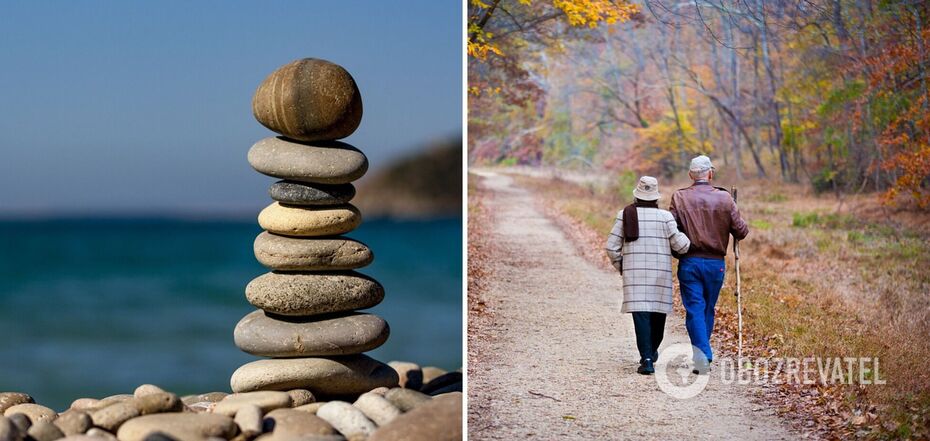Society
What gait and balance tell doctors
In the frantic rhythm of everyday life, we do not think about simple things: what we see and hear around us, how we move, what governs our movements and actions. We are used to taking these processes for granted and only realize their complexity and importance when problems arise with ordinary everyday tasks.
A person's gait and balance depend on the proper interaction of the brain, sensory, nervous and musculoskeletal systems. MedicalNewsToday spoke with physical therapist and podiatrist Lauren Jarmusch about the symptoms and solutions for children and adults.
What is a healthy gait?
As simple as the process may seem, it actually requires the involvement of several body systems. For example, normal walking involves the brain and nervous system, sensory outputs, and the musculoskeletal system. To provide it, unknowingly, a person must clearly sense the presence of his or her body parts in space, as well as use his or her vision and vestibular apparatus.
Symptoms of gait and balance problems
Since these processes are interrelated, a person with a gait or balance disorder (or both at the same time) may experience
Difficulty getting up from a sitting position;
Unsteadiness or swaying when walking;
Difficulty with gait or a slower pace.
Causes of gait and balance problems
Depending on the underlying cause of the disorder, there may be complaints of dizziness, muscle tension and spasms, double vision, weakness in the legs or one body part, numbness in the lower extremities, or decreased body perception in space.
Causes in children and adults may be somewhat different.
As a rule, such disorders are not typical for children. Most of the child's gait problems are due to certain developmental defects that usually pass with time, such as flat feet. Sometimes balance problems can also be caused by problems with the inner ear, disorders of the brain or spinal cord or moving nerves, neurological or muscular ailments.
Gait and balance problems in adults can be caused by several factors:
musculoskeletal injuries (bone fractures, sprains, tendon inflammation);
diseases of the bone system, such as arthritis;
vision and inner ear problems;
neurological disorders (Parkinson's disease, stroke, multiple sclerosis);
abnormalities in the cerebellum, the area of the brain responsible for balance and coordination;
uneven development of the bones or muscles in the legs and feet.
How to diagnose such a problem?
If you notice some symptoms, it is better not to delay going to the doctor for a full examination and to confirm or refute your own fears.
After describing the complaints and physical examination, the specialist may recommend additional examinations to clarify the diagnosis. These usually include:
Computer or magnetic resonance imaging to evaluate the brain, spinal cord, and soft tissue;
X-rays;
Assessment of muscle and nerve function;
Blood tests for infection or inflammation;
Auditory and visual tests.
Can I help myself?
If gait and balance problems have been confirmed, physicians will focus on identifying the underlying cause and treating it.
The first method of improving the condition is physical therapy. Depending on the progression of the disease, it may include balance exercises, strength training, stretching, movement and walking exercises, as well as recommendations for home furnishings with assistive devices and training in ways to prevent falls.
If the disorders are caused by neurological disorders, medication therapy aimed at reducing the symptoms of the underlying disease may be offered, and surgical intervention may be suggested for musculoskeletal defects.
As you can see, human gait and balance are complex processes involving several body systems. The prognosis in the treatment of disorders depends on a timely diagnosis and quality treatment of the underlying cause. In case of deterioration, consult your doctor and follow his or her recommendations - this will help reduce the risk of disease progression, improve mobility and enhance your quality of life.
Previously OBOZREVATEL told about the necessary substances for the body.



























